Introduction: Why Understanding Thin Skin Matters
Thin skin is a condition that many people encounter as they age, but few fully understand until its symptoms become visibly problematic. The term “thin skin” refers to a noticeable thinning of the epidermis and dermis, leading to increased fragility, easy bruising, and a heightened risk of injury. Recognizing the underlying causes, the best prevention strategies, and effective treatments is crucial for maintaining both the health and appearance of your skin over time. In this guide, we will explore the intricacies of thin skin, dissect its root causes, and provide evidence-based strategies for building greater skin resilience.
The phenomenon of thin skin is not merely cosmetic; it often signals underlying biological processes that deserve careful attention. Whether you are already noticing changes in your skin or aiming to proactively maintain its integrity, understanding what causes thin skin and how to address it is essential for both health and self-confidence. With expert insight and practical guidance, this article aims to demystify thin skin, offering solutions that can help you restore and reinforce your skin’s natural defenses.
You may also like: How to Tighten Loose Skin After Weight Loss: Science-Backed Strategies for a Firmer, Healthier You
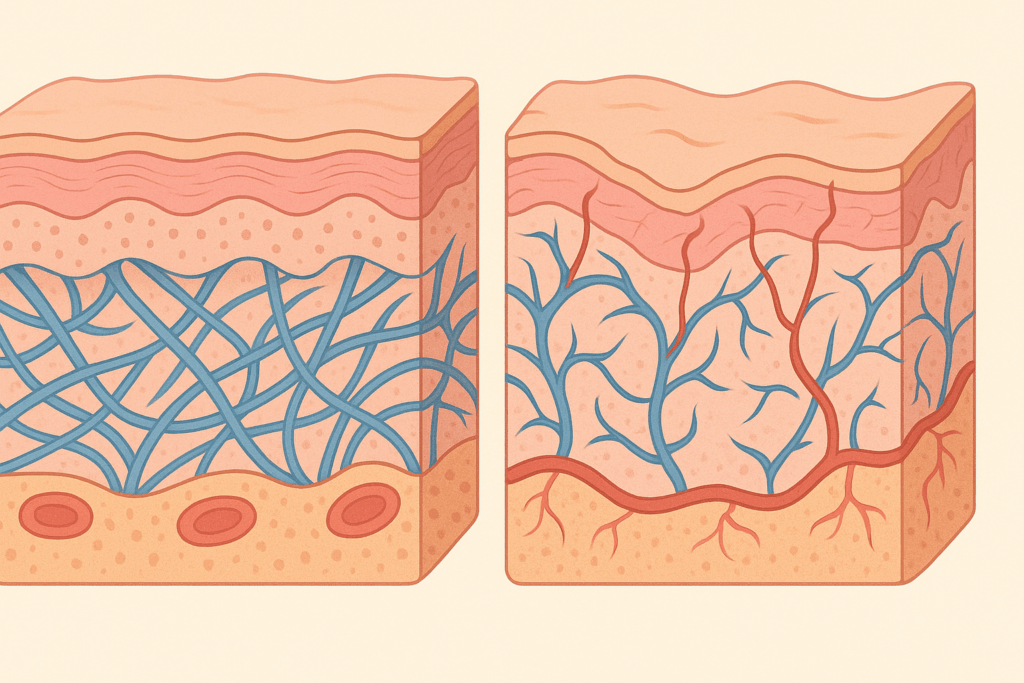
What Causes Thin Skin?
Aging is undoubtedly the most well-known factor that contributes to thin skin, but it is far from the only one. Over time, our bodies produce less collagen and elastin—two proteins essential for skin strength and flexibility. As their production wanes, the skin’s structural integrity diminishes, leading to the delicate, friable skin associated with aging. However, intrinsic factors such as genetics and hormonal changes, particularly the decline of estrogen during menopause, also play significant roles.
In addition to natural aging, external factors can dramatically accelerate skin thinning. Chronic sun exposure damages collagen fibers through the production of free radicals, leading to photoaging. Likewise, environmental pollutants exacerbate oxidative stress on the skin, breaking down its vital components more rapidly. Understanding these mechanisms sheds light on why individuals who spend substantial time outdoors or in polluted environments often exhibit signs of thin skin earlier than their counterparts.
Lastly, lifestyle choices—including smoking, excessive alcohol consumption, poor nutrition, and insufficient hydration—can significantly affect skin health. These habits impair blood flow, reduce the delivery of oxygen and nutrients to the skin, and compromise its ability to repair itself. By identifying and mitigating these risk factors early, individuals can better protect their skin’s resilience and longevity.
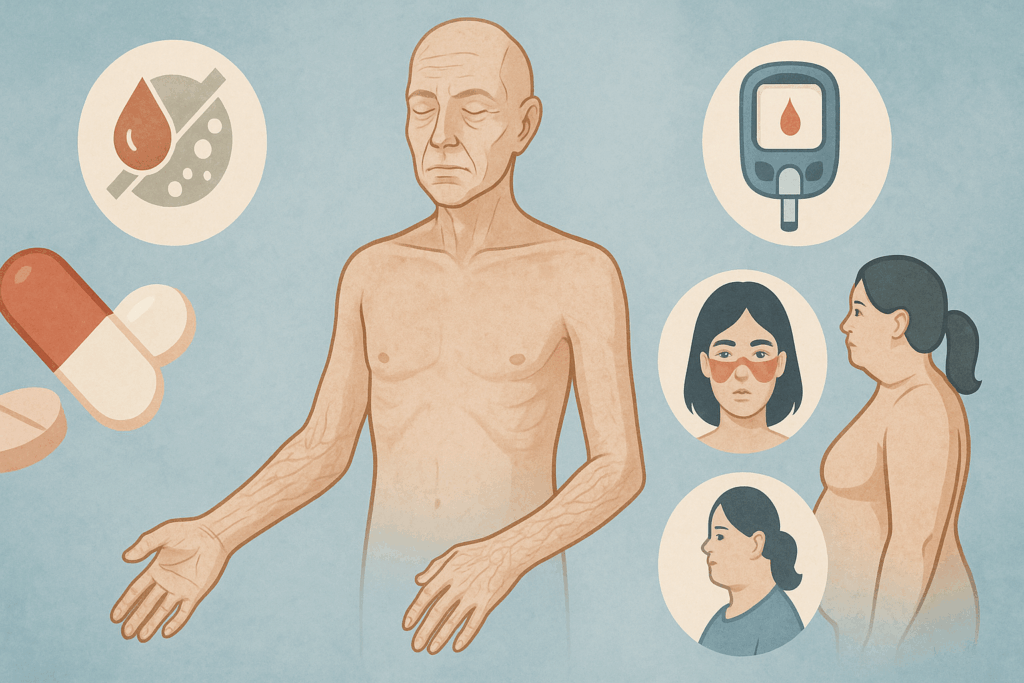
Medications and Medical Conditions That Contribute to Thin Skin
When evaluating what causes thin skin, it is crucial to consider the influence of medications. Corticosteroids, commonly prescribed for conditions such as asthma, arthritis, and lupus, are among the leading culprits. Long-term use of topical or systemic corticosteroids can inhibit collagen synthesis, resulting in thinning of the skin. Understanding what medications cause thin skin allows patients and healthcare providers to weigh the benefits and risks more carefully.
Blood thinners such as warfarin and certain types of chemotherapy agents can also weaken the skin’s structural integrity. Even non-prescription drugs like over-the-counter NSAIDs, when used excessively, may subtly contribute to fragility over time. Additionally, individuals asking “why do I have thin skin and bruise easily” may not realize that underlying diseases such as Cushing’s syndrome, Ehlers-Danlos syndrome, and diabetes can drastically affect skin health.
The connection between disease and thin skin underscores the importance of a holistic medical evaluation when skin changes are observed. Identifying whether a medication or a disease process is at play enables targeted treatment interventions that go beyond mere topical remedies.
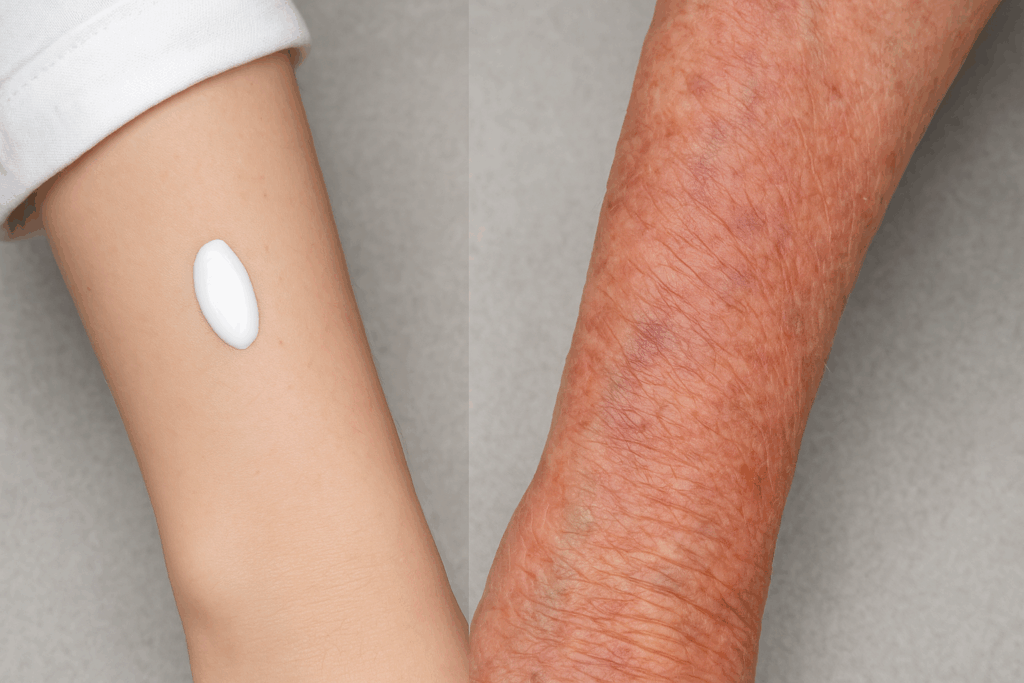
The Science Behind Thinning Skin on Forearms and Arms
Thinning skin often first becomes noticeable on areas like the forearms and the backs of the hands. Understanding what causes thinning skin on forearms reveals much about the aging process and environmental exposures. These areas typically receive significant sun exposure over a lifetime, often without adequate protection, leading to cumulative UV damage.
Moreover, the skin on the arms and forearms is naturally thinner than skin on other parts of the body, making it more susceptible to changes associated with aging and external damage. People often notice more bruising, tearing, and visible blood vessels on the arms as collagen and elastin fibers diminish. Thin skin on arms is not merely a cosmetic concern; it poses real risks for injury and infection due to its reduced barrier function.
Recognizing early signs of thin skin on the arms enables preventive strategies—such as using sun-protective clothing and moisturizing diligently—that can maintain skin health and appearance for much longer.
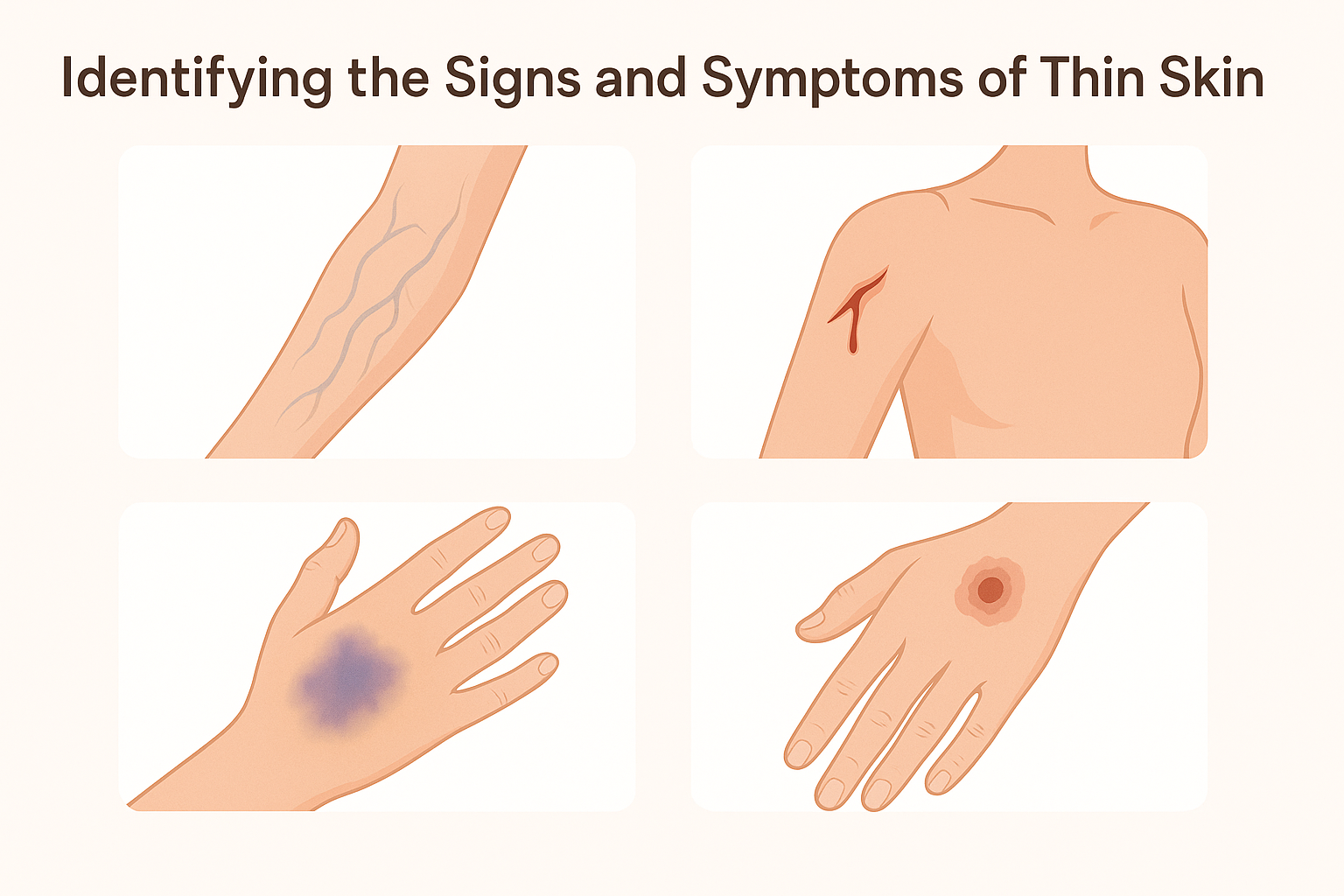
Identifying the Signs and Symptoms of Thin Skin
Recognizing the signs of thin skin is the first step toward effective management. Symptoms often begin subtly with an increased tendency to bruise or tear after minor trauma. You might notice that your veins appear more prominent, or that your skin seems almost translucent in certain lighting.
Another hallmark symptom is the skin’s decreased ability to recover from minor injuries. Cuts and abrasions may heal more slowly than in the past, and scars may form more readily. Friable skin, meaning skin that is easily damaged or crumbles under slight pressure, is another critical indicator.
It is important to distinguish normal aging changes from pathological ones. While some degree of thinning is expected over time, excessive or rapid skin thinning warrants medical evaluation to rule out underlying conditions or medication side effects.
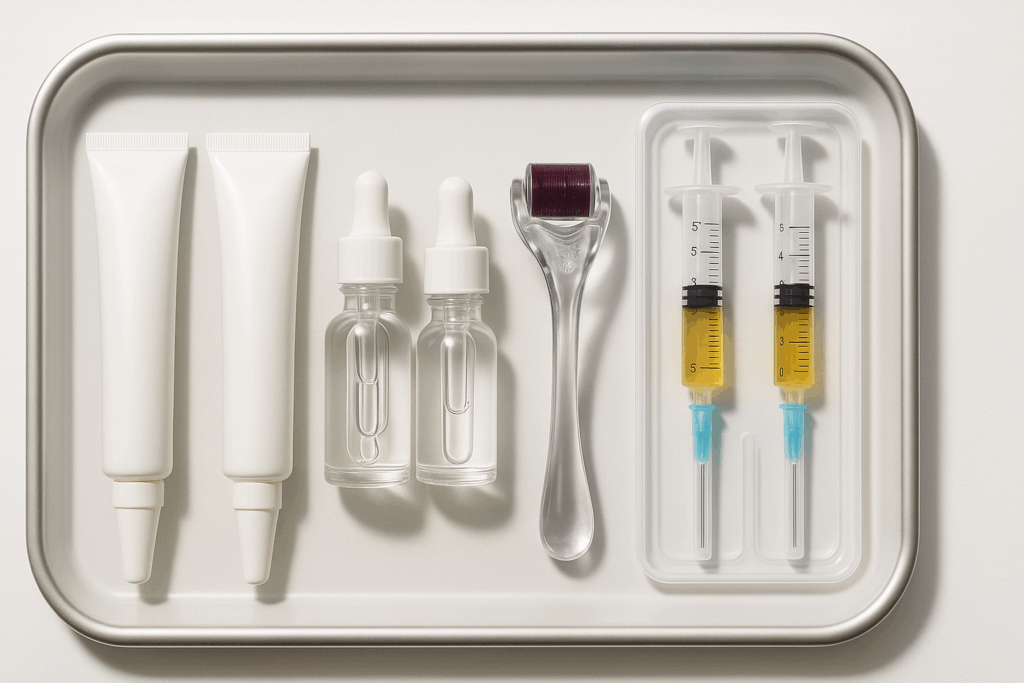
Proven Treatments for Thin Skin and Easy Bruising
Fortunately, a range of interventions can help manage and even partially reverse the signs of thin skin. For those seeking treatment for thin skin and easy bruising, the first step is addressing any modifiable causes. Discontinuing or minimizing corticosteroid use under medical supervision, for example, can halt further thinning.
Topical retinoids, derived from vitamin A, have been shown to stimulate collagen production and improve skin thickness over time. In clinical practice, they are often used to rejuvenate photoaged skin and could be valuable for those struggling with thin skin. Moisturizers containing growth factors, peptides, and hyaluronic acid can also strengthen the skin barrier and enhance hydration.
Beyond topical therapies, procedures such as microneedling, laser resurfacing, and platelet-rich plasma (PRP) treatments have demonstrated promise in promoting collagen synthesis. While no single therapy offers a complete cure for thinning skin, a combination approach often yields the most substantial improvements.
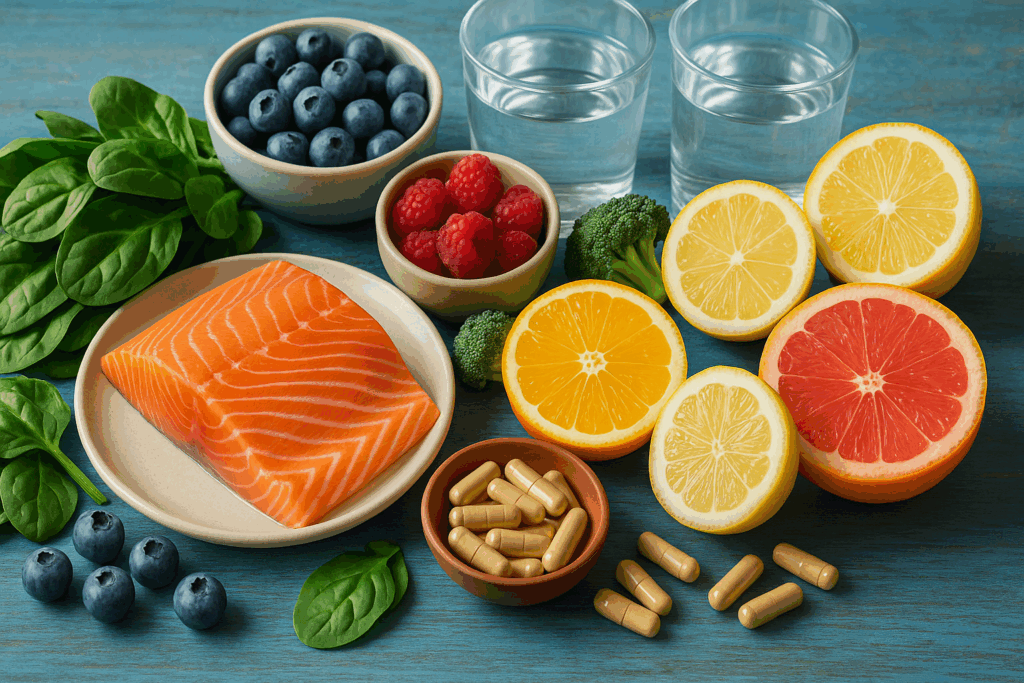
Exploring Thin Skin Remedies and Building Resilience
There is growing interest in thin skin remedies that go beyond conventional dermatological treatments. Nutritional strategies, for instance, play a pivotal role. Adequate protein intake is essential because amino acids are the building blocks of collagen. Likewise, antioxidants such as vitamin C, vitamin E, and polyphenols from fruits and vegetables can protect skin cells from oxidative damage.
Supplements such as collagen peptides, hyaluronic acid, and silica are being investigated for their potential to fortify the skin from within. Although research is ongoing, early results are promising for improving skin elasticity and density. Staying hydrated is equally critical, as water is necessary for maintaining skin turgor and resilience.
Physical protection measures—such as wearing long sleeves outdoors and using high-SPF sunscreens—are equally important components of a comprehensive thin skin remedy strategy. Building skin resilience is a multi-faceted process that blends internal and external approaches.
How to Get Thicker Skin on Shoulders and Other Vulnerable Areas
For those wondering how to get thicker skin on shoulders and similarly vulnerable areas, consistency is key. Shoulders often receive less care than the face or hands, yet they endure substantial environmental stressors like UV exposure.
Daily application of broad-spectrum sunscreen, combined with a nourishing moisturizer, creates a foundation for protecting and rebuilding skin thickness. Incorporating retinoid creams two to three times weekly can stimulate new collagen production. Be cautious to introduce retinoids slowly to prevent irritation, which can worsen fragility temporarily.
Strengthening exercises, while often associated with muscle health, also indirectly support skin resilience by enhancing overall circulation and promoting a healthier dermal environment. Improved blood flow delivers vital nutrients to skin cells, aiding in repair and regeneration.
Natural Remedies for Thin Skin: A Holistic Approach
Many individuals seek natural remedies for thin skin to avoid the potential side effects of pharmaceutical interventions. While it is essential to manage expectations—as no remedy can completely reverse aging—several natural strategies offer meaningful benefits.
A diet rich in omega-3 fatty acids from sources like fish, flaxseed, and walnuts can bolster skin barrier function and reduce inflammation. Herbal remedies such as gotu kola and ginseng are traditionally used in various cultures to support skin healing and resilience, though more research is needed to confirm their effectiveness.
Lifestyle habits such as managing stress, ensuring sufficient sleep, and engaging in regular, moderate exercise also contribute to healthier skin. Stress hormones like cortisol can degrade collagen over time, emphasizing the importance of mental well-being in any thin skin treatment cure regimen.

How to Reverse Thin Skin from Steroids Naturally
One particularly challenging situation arises when individuals need to learn how to reverse thin skin from steroids naturally. Long-term corticosteroid use can be life-saving, but it undeniably affects skin integrity.
To mitigate these effects, it is crucial first to consult a healthcare provider about the feasibility of tapering off steroid use. Once that foundation is laid, employing collagen-boosting therapies such as retinoids, peptides, and vitamin C serums can support recovery. High-antioxidant diets rich in berries, leafy greens, and citrus fruits further supply the skin with the raw materials it needs for repair.
Patients should also prioritize gentle skin care practices: avoiding harsh scrubs, using mild cleansers, and applying reparative moisturizers consistently. While full reversal of steroid-induced skin thinning is rare, substantial improvements are possible with dedicated, holistic care.
Frequently Asked Questions (FAQ) About Thin Skin: Causes, Treatments, and Prevention
How Does Aging Affect Thin Skin and What Can Be Done About It?
Aging plays a significant role in the development of thin skin by gradually reducing collagen and elastin production, leading to fragility and slower healing. While this process is natural, proactive measures can mitigate its impact. Consistent use of retinoids, peptide-rich creams, and sun protection can significantly slow down collagen loss. Advanced dermatological procedures like fractional laser therapy have also emerged as promising options for restoring skin density. Importantly, focusing on hydration and internal nutrition can create a foundational environment for skin resilience, making thin skin management a multifaceted effort.
What Medications Cause Thin Skin and How Should Risks Be Managed?
Understanding what medications cause thin skin is crucial for informed healthcare decisions. Corticosteroids, whether oral, injectable, or topical, are the most prominent offenders, especially when used long-term. Blood thinners, some chemotherapies, and certain immunosuppressive drugs also contribute to skin thinning. To mitigate these risks, patients should discuss alternative therapies or dosage adjustments with their physicians. Regular monitoring, early detection of changes, and the use of protective topical agents can preserve skin health even when necessary medications are involved.
Exploring Natural Remedies for Thin Skin: Are They Effective?
Natural remedies for thin skin can provide substantial support when integrated thoughtfully into a comprehensive care plan. Ingredients like aloe vera, gotu kola, and vitamin C serums nourish the dermal layers and promote collagen synthesis naturally. Omega-3 fatty acids from fish oils offer anti-inflammatory benefits that strengthen the skin barrier over time. While no natural treatment can fully reverse thinning, they significantly improve texture, resilience, and moisture retention. Choosing high-quality, clinically studied supplements ensures better outcomes in efforts to treat thin skin naturally.
Why Do I Have Thin Skin and Bruise Easily Even Without Major Trauma?
If you’re asking, “why do I have thin skin and bruise easily,” it could stem from multiple interconnected causes. Reduced collagen, fragile capillaries, and decreased dermal thickness combine to make the skin vulnerable even to minor impacts. Other contributing factors include chronic corticosteroid use, nutrient deficiencies (especially vitamins C and K), and underlying conditions like diabetes. Gentle skin care practices, targeted supplementation, and compression garments for vulnerable areas can help reduce the frequency and severity of bruising. Always consult a healthcare provider if bruising appears suddenly or severely, as it may indicate a deeper medical issue.
Thin Skin on Arms and Forearms: What Makes These Areas So Vulnerable?
Learning what causes thinning skin on forearms and arms reveals unique vulnerabilities in these regions. Chronic sun exposure, the natural thinness of skin in these areas, and repetitive friction from daily activities contribute to the problem. Wearing protective clothing, applying broad-spectrum sunscreen, and using lotions rich in hyaluronic acid and peptides can fortify these often-overlooked areas. In addition, focusing on how to get thicker skin on shoulders and forearms simultaneously ensures a comprehensive protective strategy. Specialized barrier creams and antioxidant treatments have also shown promise in clinical studies for enhancing skin thickness in these zones.
Choosing the Best Lotion for Elderly Thin Skin: What Should You Look For?
Selecting the best lotion for elderly thin skin requires careful attention to ingredient lists and formulation types. Look for products containing ceramides, hyaluronic acid, niacinamide, and peptides, as these ingredients promote skin repair and moisture retention. Fragrance-free and hypoallergenic formulas minimize irritation risk, which is crucial for friable skin. Emollient-rich lotions applied immediately after bathing can lock in hydration more effectively. Consistent use, combined with gentle cleansing routines, can significantly reduce discomfort and bolster skin resilience in elderly individuals.
How to Reverse Thin Skin from Steroids Naturally Without Compromising Treatment
Navigating how to reverse thin skin from steroids naturally starts with careful collaboration between patient and provider. Gradual tapering of steroid use, where medically feasible, can allow the skin time to repair itself. Integrating collagen-building treatments like microneedling and topical peptides helps stimulate natural regeneration processes. Nutritional interventions focusing on antioxidants, protein, and anti-inflammatory foods accelerate healing. While steroid-induced skin thinning cannot always be fully reversed, a structured, holistic approach can dramatically improve thickness and texture over time.
How to Thicken Skin: Are There Scientific Breakthroughs on the Horizon?
Innovations in dermatology are continuously offering new answers to the question of how to thicken skin effectively. Advances such as exosome therapy and bioengineered growth factors are showing potential in clinical trials for enhancing dermal thickness. Low-level light therapy (LLLT) devices, once limited to niche markets, are becoming more accessible and demonstrate promise for improving collagen density. Exploring thin skin remedies based on cutting-edge science ensures a forward-looking approach to skin health. Keeping informed about these developments empowers individuals to make proactive, evidence-based choices.
Thin Skin Treatment Cure: Is a Complete Cure Possible?
While a complete “thin skin treatment cure” remains elusive, substantial improvements are very achievable. Combining preventative strategies like sun protection with therapeutic interventions like retinoids and collagen induction therapy results in measurable skin strengthening. Platelet-rich plasma (PRP) injections have also gained traction for stimulating natural healing processes. Psychologically, setting realistic expectations is crucial; treatment for thin skin and easy bruising often involves gradual, cumulative results. Embracing a long-term, proactive mindset leads to the most satisfying outcomes.
How to Make Skin Thicker Naturally: Practical Daily Strategies
When exploring how to make skin thicker naturally, daily consistency is the foundation of success. Regularly consuming foods rich in vitamin C, zinc, and collagen peptides supports structural skin proteins. Topical application of antioxidant serums combined with physical sun protection prevents ongoing degradation. Mild, regular exfoliation encourages cellular turnover and improves the delivery of nourishing ingredients. Building habits that protect and feed the skin daily makes a tangible difference over time in efforts to heal thin skin effectively.
Conclusion: Healing, Strengthening, and Preventing Thin Skin
In addressing thin skin, it becomes evident that prevention, early intervention, and consistent care are paramount. Thin skin is not an inevitable consequence of aging; rather, it is a condition that can be managed and often improved through thoughtful, science-backed strategies. By understanding what causes thin skin, recognizing the early signs, and adopting both natural and clinical remedies, individuals can significantly bolster their skin’s resilience.
Treatment for thin skin and easy bruising, whether through topical interventions, lifestyle modifications, or advanced dermatological procedures, offers tangible hope for those experiencing fragility. A proactive approach that combines sun protection, nutrition, and the careful use of restorative skincare products can make a profound difference. Natural remedies for thin skin, including antioxidant-rich diets and collagen supplements, further empower individuals to support their skin from within.
Importantly, patients affected by medications or diseases that exacerbate thin skin should collaborate closely with healthcare providers to find customized, safe solutions. Whether you are concerned about thin skin on arms, wondering about the best lotion for elderly thin skin, or seeking ways to heal thin skin after steroid use, an informed and committed regimen can yield real results.
Ultimately, building skin resilience is a lifelong investment. With dedication, knowledge, and the right tools, it is possible not only to heal and strengthen thin skin but also to restore the confidence that comes with healthy, vibrant skin. Staying proactive ensures that your skin remains your strongest, most beautiful barrier against the world.?
Further Reading:
What to know about thin skin and how to manage it
Causes of and Treatments for Thin Skin
The Skinny on Thinning Skin: The Causes and Treatments for Skin Volume Loss